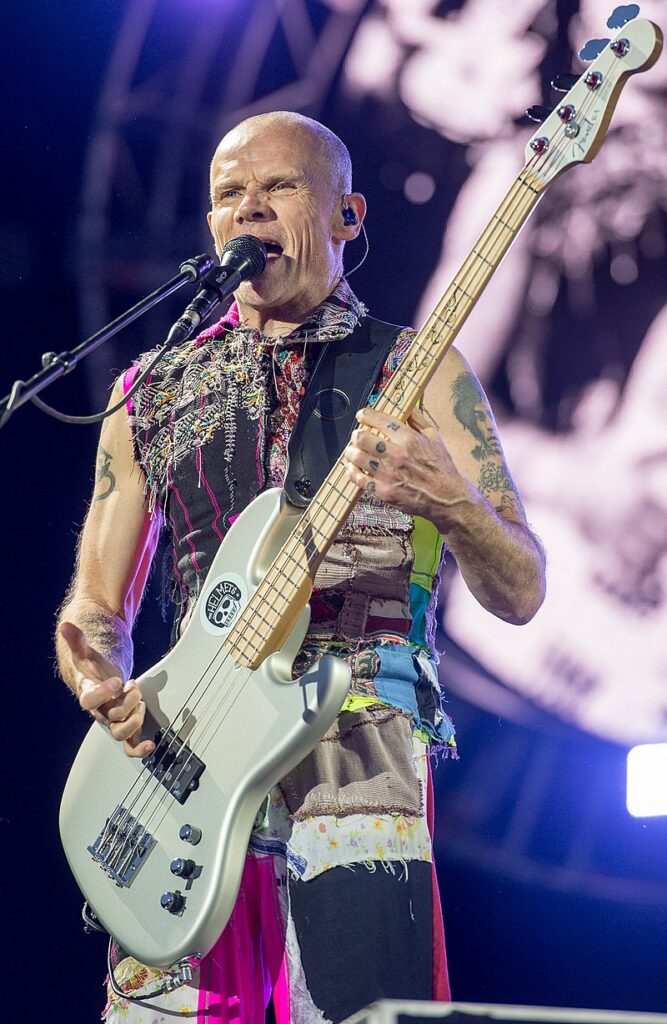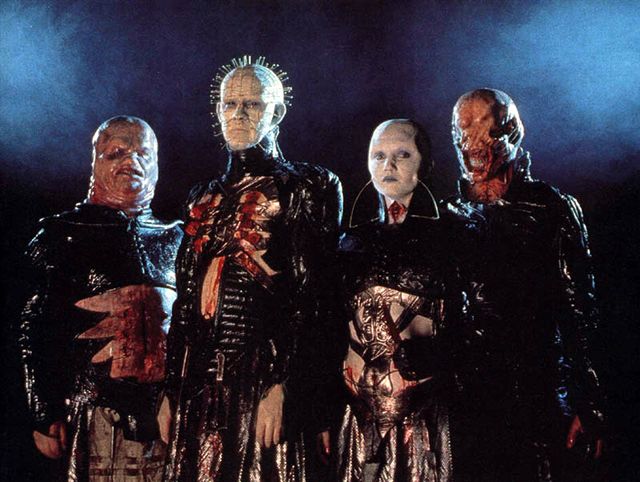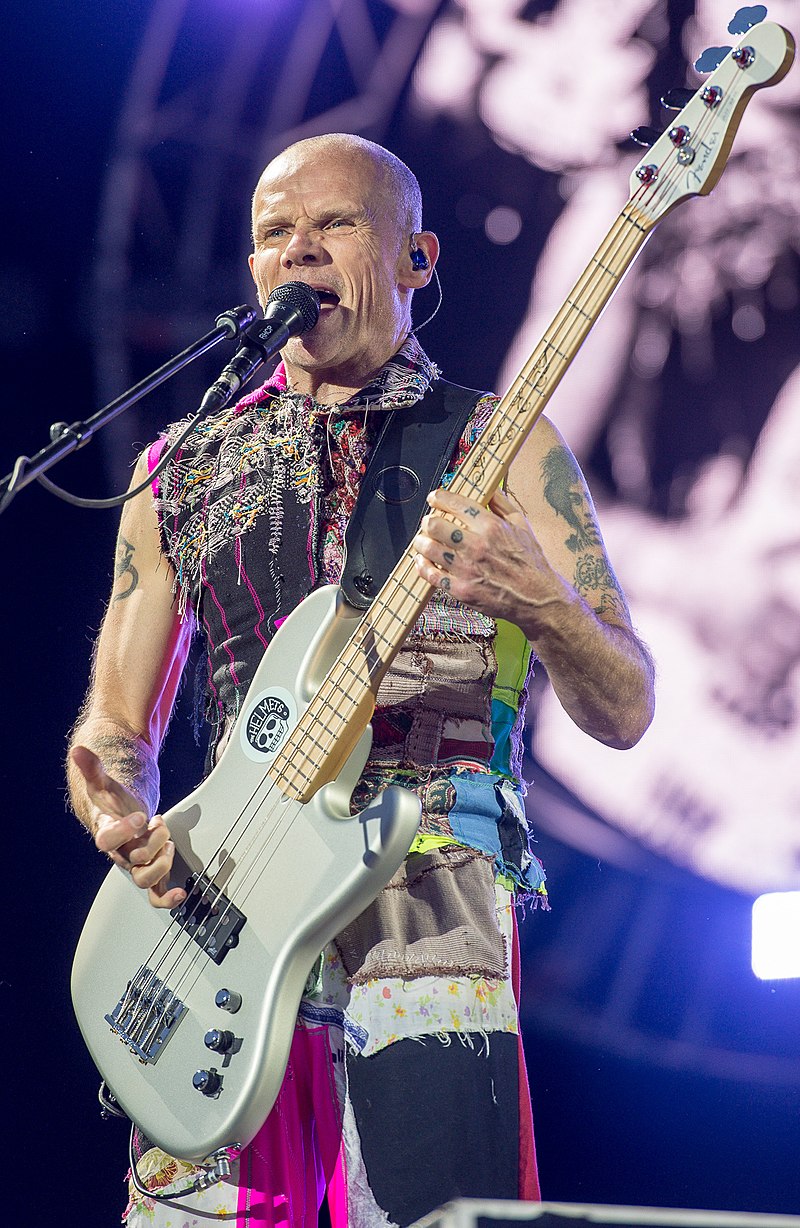Slap Criminal
Exploring the Art of Slap Bass: Techniques, Styles, and Influence
In the world of bass guitar, few techniques are as distinctive and dynamic as slap bass. Originating in the funk and R&B scenes of the 1960s and 70s, slap bass has evolved into a fundamental style across various genres, influencing countless musicians and defining the sound of many iconic bands. In this blog post, we’ll delve into the importance of slap bass, its relevance to fretless bass, explore iconic instruments like the Flea Bass, standing bass, and double-bass, describe various techniques, highlight renowned artists, and trace its emergence and influence in different musical styles.
Importance and Relevance:
Slap bass is crucial for its ability to inject percussive energy and rhythmic drive into music. It serves not only as a foundation in funk, R&B, and rock but also as a melodic and rhythmic tool in jazz and fusion. Its distinctive sound, characterized by the percussive slapping of the strings against the fretboard, creates a unique groove that distinguishes it from other bass techniques.
In the context of fretless bass, slap technique takes on a different character due to the absence of frets. This allows for smoother slides and more expressive vibrato, enhancing the melodic potential of slap bass in genres like jazz fusion and world music.
The Flea Bass and Variations:
The Flea Bass, popularized by Flea of the Red Hot Chili Peppers, is renowned for its bright tone and versatile sound. Designed for slap and funk styles, it exemplifies the marriage of aesthetics and functionality, making it a favorite among modern bassists seeking a signature sound.
Standing bass (upright bass) and double-bass are acoustic counterparts to electric bass guitars, found primarily in jazz, classical, and folk music. Although not traditionally associated with slap technique, contemporary artists have adapted these instruments to incorporate slapping, expanding their sonic possibilities.
Techniques:
- Slap: Involves striking the string with the thumb, producing a percussive “slap” sound.
- Pop: Pulling the string with the index or middle finger to create a sharp, popping sound.
- Hammer-ons and Pull-offs: Techniques borrowed from guitar playing, used to articulate notes and create fluid runs.
- Double-thumb: Alternating between thumb slaps and plucks, enhancing rhythmic complexity.
- Muting: Essential for controlling resonance and achieving a clean, percussive sound.
Renowned Artists and Styles:
- Larry Graham: Pioneered slap bass with his work in Sly and the Family Stone.
- Flea: Known for his energetic slap style in the Red Hot Chili Peppers.
- Marcus Miller: Fuses slap technique with jazz and funk, creating a melodic yet rhythmic approach.
- Victor Wooten: Virtuosic in his use of slap and advanced techniques, pushing the boundaries of bass playing.
Emergence and Musical Styles:
Slap bass emerged in the funk and R&B scenes of the 1960s and 70s, where it became synonymous with artists like James Brown and Parliament-Funkadelic. Its rhythmic drive and percussive nature made it ideal for dance music, influencing subsequent genres such as hip-hop, pop, and rock.
R&B Style:
In R&B, slap bass serves a dual purpose of driving the rhythm while providing melodic embellishments. Artists like Bootsy Collins and Bernard Edwards (of Chic) exemplify this style, using slap technique to anchor grooves and enhance the soulful feel of the music.
In conclusion, slap bass is not just a technique but a cornerstone of modern bass playing, shaping the sound of numerous musical genres and inspiring generations of musicians. Whether played on electric, fretless, or acoustic basses, its versatility and expressive potential continue to captivate audiences worldwide, ensuring its enduring relevance in contemporary music.

Life imitates arts, or the inverse?

https://duckduckgo.com/?q=cenobites&iar=images&iax=images&ia=images
So, who’s the singer in the group?
